Tamales Salvadoreños are a quintessential dish in El Salvador, deeply rooted in the country’s culinary heritage and enjoyed as a staple food for generations. These flavorful bundles of masa (corn dough) filled with a savory mixture, wrapped in corn husks, and steamed to perfection, offer a taste of tradition and comfort. In this article, we’ll explore the authentic recipe for tamales de El Salvador, including the essential ingredients and step-by-step preparation process.
Ingredients:
- Masa (Corn Dough):
- Masa Harina: Masa harina, a type of finely ground corn flour, is the key ingredient for making the masa. Look for masa harina specifically labeled for making tamales for best results.
- Chicken or Vegetable Broth: Liquid is needed to hydrate the masa harina and add flavor to the dough. Chicken broth is traditional, but vegetable broth can be used for a vegetarian version.
- Lard or Vegetable Shortening: Fat is essential for giving the masa its rich and tender texture. Lard is traditional and imparts a distinct flavor, but vegetable shortening can be used as a substitute for a vegetarian option.
- Baking Powder: Baking powder helps the masa dough rise slightly and become fluffy when steamed.
- Salt: Enhances the flavor of the masa dough.
- Filling:
- Shredded Chicken: Cooked and seasoned shredded chicken is a classic filling for Salvadoran tamales. The chicken can be seasoned with a combination of spices such as cumin, paprika, garlic powder, and oregano.
- Potatoes: Diced and cooked potatoes add heartiness and texture to the filling.
- Carrots: Diced and cooked carrots add sweetness and color to the filling.
- Bell Pepper and Onion: Diced and sautéed bell pepper and onion add savory depth to the filling.
- Green Olives: Pitted green olives add a briny and tangy flavor to the filling.
- Corn Husks (Hoja de Maíz):
- Dried Corn Husks: Dried corn husks are used to wrap the tamales before steaming. They need to be soaked in warm water until pliable before use.
- Optional Garnishes:
- Salsa Roja: A traditional tomato-based salsa adds acidity and heat to the tamales.
- Curtido: Tangy cabbage slaw, known as curtido, is a popular accompaniment to tamales in El Salvador.
Preparation:
- Prepare the Corn Husks:
- Place the dried corn husks in a large bowl or pot and cover them with warm water. Allow them to soak for at least 30 minutes, or until they become pliable and soft.
- Once softened, drain the corn husks and pat them dry with paper towels.
- Prepare the Filling:
- In a skillet, heat a small amount of oil over medium heat. Add the diced bell pepper and onion and sauté until softened, about 5 minutes.
- Add the shredded chicken, diced potatoes, diced carrots, and green olives to the skillet. Season the mixture with salt and any desired spices, such as cumin, paprika, and garlic powder. Cook for an additional 5-7 minutes, stirring occasionally, until the filling is heated through and well combined. Remove from heat and set aside.
- Prepare the Masa Dough:
- In a large mixing bowl, combine the masa harina, baking powder, and salt. Gradually add the chicken or vegetable broth, mixing with your hands or a wooden spoon until a soft and pliable dough forms.
- In a separate bowl, beat the lard or vegetable shortening until light and fluffy. Gradually add the beaten lard to the masa dough, mixing until fully incorporated and the dough is smooth and creamy.
- Assemble the Tamales:
- Take a soaked corn husk and pat it dry with a paper towel. Place a spoonful of masa dough in the center of the husk and use the back of the spoon or your fingers to spread it into a thin layer, leaving a border around the edges.
- Spoon a generous amount of the filling mixture onto the center of the masa dough.
- Fold the sides of the corn husk over the filling to enclose it, then fold up the bottom of the husk to seal the tamale. Secure the tamale by tying it with a strip of corn husk, if desired.
- Repeat the process with the remaining corn husks, masa dough, and filling until all the tamales are assembled.
- Steam the Tamales:
- Arrange the assembled tamales upright in a large steamer basket, making sure they are packed tightly together to prevent them from unraveling during cooking.
- Fill the bottom of the steamer pot with water, making sure it does not touch the tamales.
- Cover the steamer pot with a tight-fitting lid and bring the water to a boil over medium-high heat. Reduce the heat to medium-low and let the tamales steam for 1.5 to 2 hours, or until the masa dough is cooked through and firm to the touch.
- Check the tamales periodically and add more water to the steamer pot as needed to prevent it from drying out.
- Serve and Enjoy:
- Once cooked, carefully remove the tamales from the steamer basket and let them cool slightly before serving.
- To serve, unwrap the tamales from the corn husks and place them on a platter. Serve the tamales warm, garnished with salsa roja and curtido on the side.
Tips and Variations:
- To save time, you can prepare the filling and masa dough in advance and assemble the tamales just before steaming.
- Customize the filling according to your taste preferences by adding ingredients such as green peas, olives, raisins, or roasted peppers.
- For a vegetarian version, omit the shredded chicken and use a combination of sautéed vegetables, beans, and cheese as the filling.
- Make sure to spread the masa dough thinly and evenly on the corn husks to ensure that the tamales cook evenly and have a uniform texture.
- Leftover tamales can be stored in the refrigerator for up to 3 days or frozen for longer-term storage. Reheat tamales in a steamer or microwave until heated through before serving.
In conclusion, tamales de El Salvador are a delicious and comforting dish that reflects the rich culinary heritage of the country. With their tender masa dough and flavorful filling, wrapped in corn husks and steamed to perfection, these tamales are sure to delight your taste buds and warm your soul. So why not give this authentic Salvadoran recipe a try and savor the delicious taste of homemade tamales?


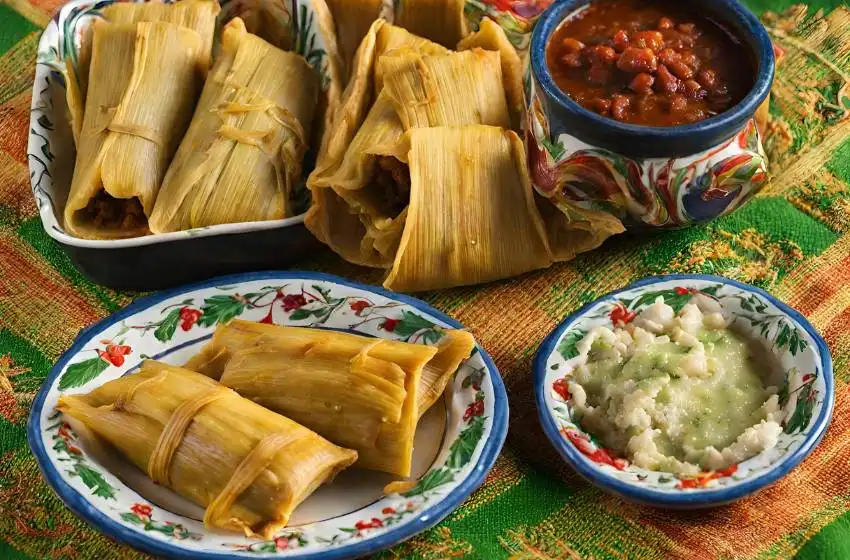




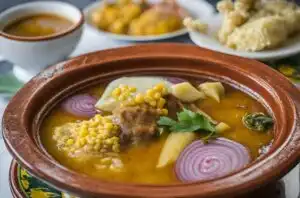
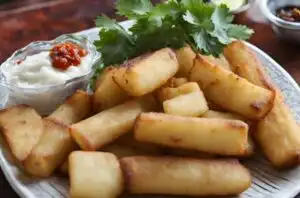
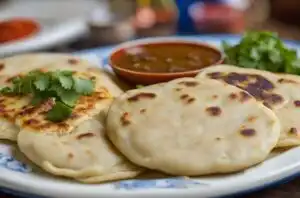
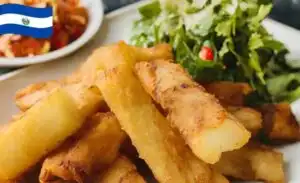
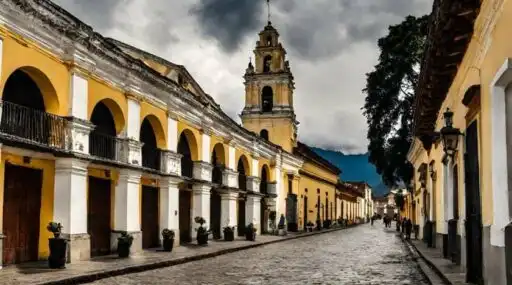
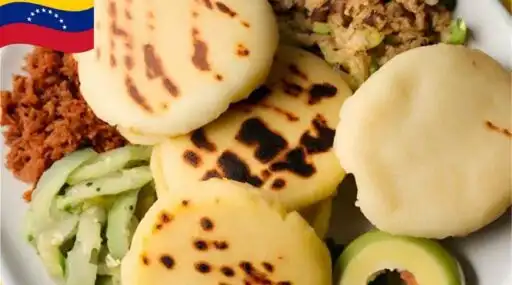



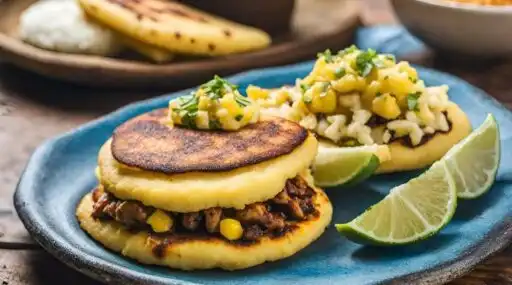






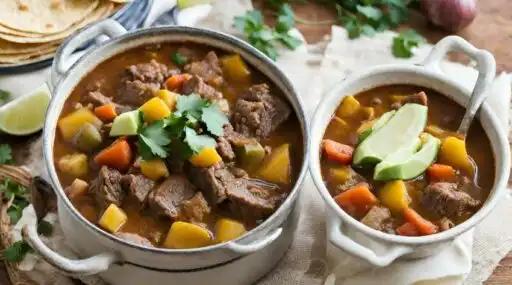



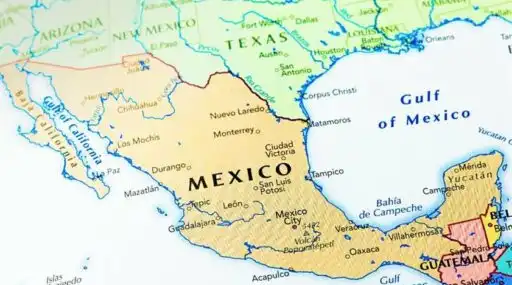





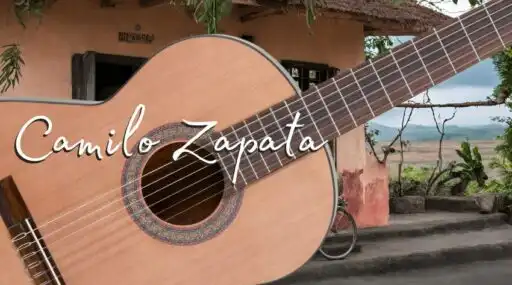





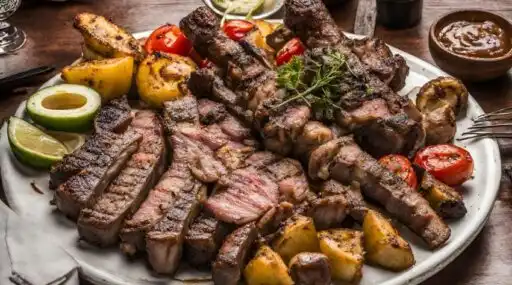

Leave a Reply